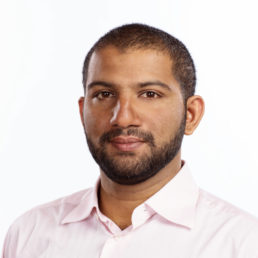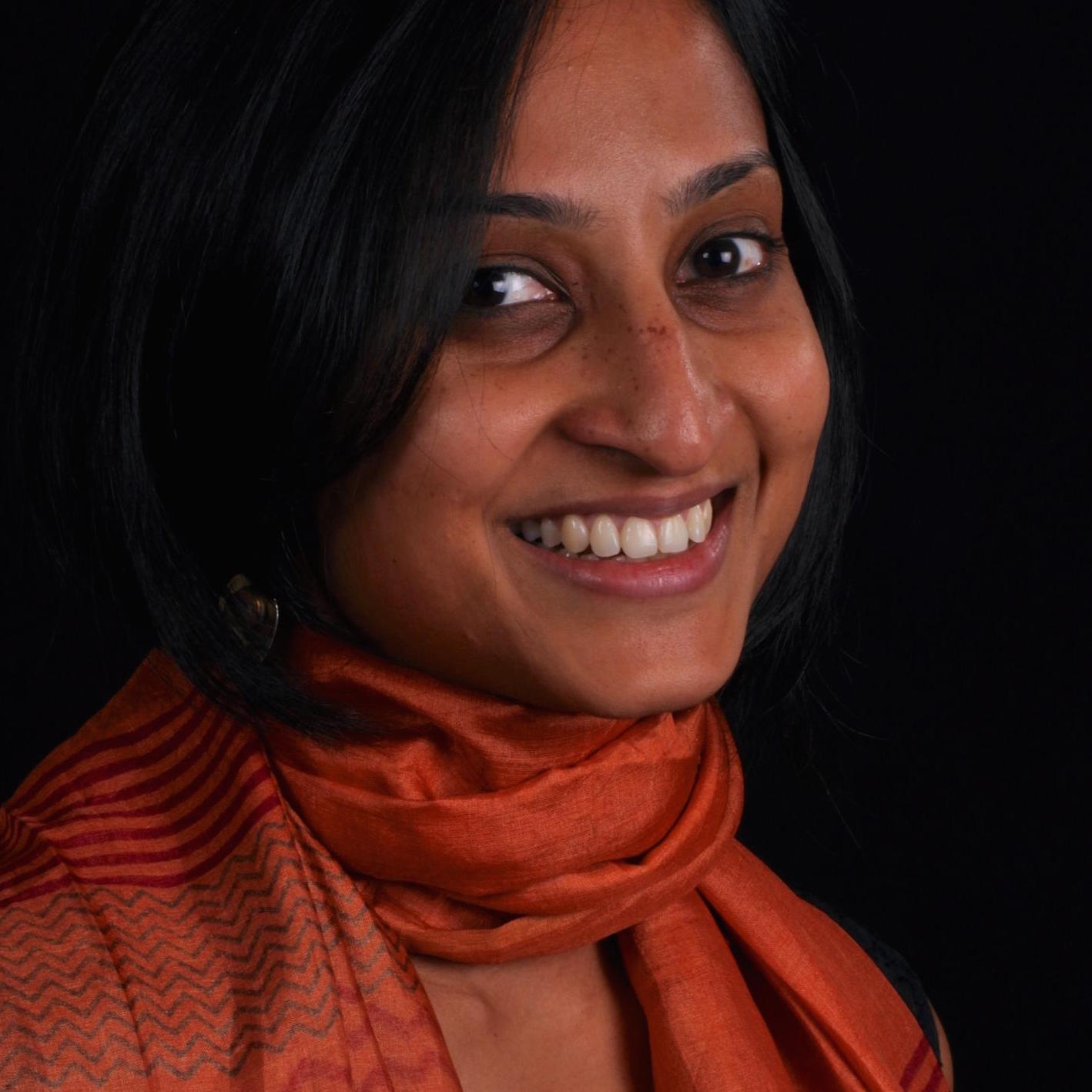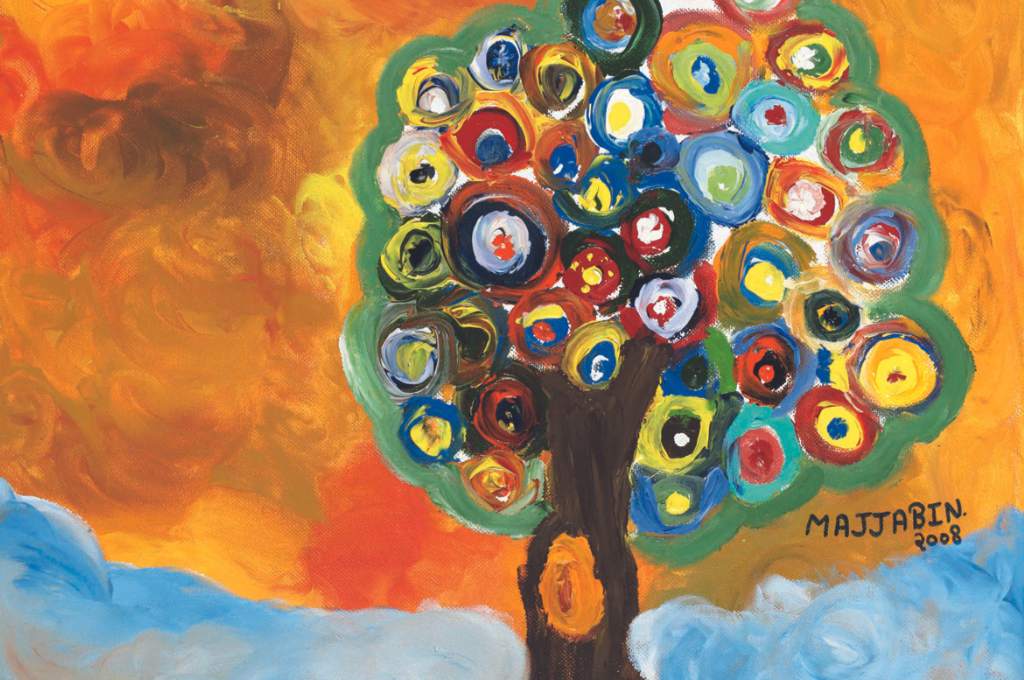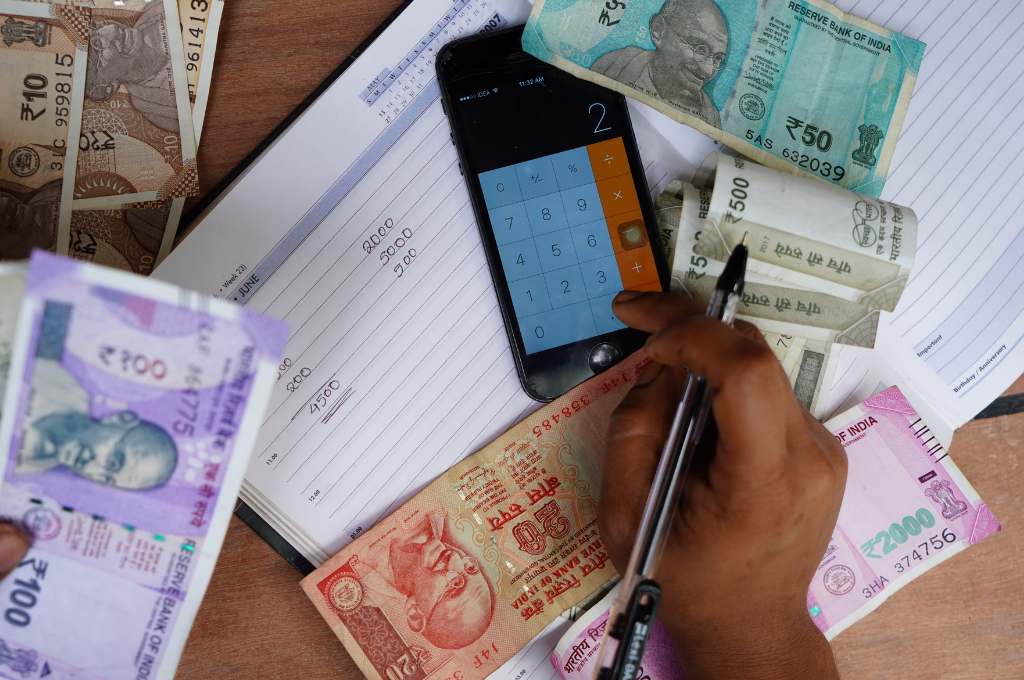Where would you begin if you wanted to help everyone share in the sum of all knowledge? What ‘models’ would allow for the most inclusivity? Encyclopædia Britannica, first published in 1770, had a mission of compiling the sum total of human knowledge. In 2012, they announced the end of their print edition. Did they achieve their mission?
In 2001, an upstart called Wikipedia was founded with a similar mission as Encyclopædia Britannica; however, it adopted a radically different approach. Rather than an encyclopedia created by experts, Wikipedia believed that open content on open platforms would attract a community interested in improving the quality and quantity of knowledge over time. Today, Wikipedia has around six million articles in English alone and is available in more than 300 languages.
Remarking on how Wikipedia’s approach is interesting, but would not work for Britannica, the managing director said, “My job is to create more awareness of our very different approaches to publishing in the public mind. They’re a chisel, we’re a drill, and you need to have the correct tool for the job.” The final print edition of Encyclopædia Britannica had around half a million topics covered.

Opening resources can enable them to be to be localised, translated, and adapted far beyond their original purpose, intended reach, and individual imaginations. | Photo courtesy: Pexels
Will an open platform model like Wikipedia’s work in India?
Will an open platform work in areas other than those whose mandate it is to compile and share knowledge? Pratham Books is a case in point. A tiny publisher with a mission of ensuring ‘a book in every child’s hand’, Pratham Books was able to experiment in ways most other publishers did not. Open content, and open platforms and communities enabled them to pivot, and target both variety and quantity of books for children all over the world. They began releasing their books under open licenses and after years of experimentation, built an open platform called StoryWeaver, which today has nearly 17,000 stories in more than 200 languages.
But it wasn’t just books that flourished. Individuals and organisations, both known and unknown to them, created multiple derivative works ranging from iPad and iPhone applications, to creating versions of their books for the print-impaired such as DAISY and Braille books, as well as audiobooks.
Intention alone, or sharing resources only when approached, does not lead to true openness and spread.
These are just two of many journeys that build a compelling case for all of us, as philanthropies and civil society organisations, to create open resources and digital public goods.
But what does that really mean and involve?
The philosophy and intention are not unfamiliar to us in civil society. Many of us intend for the resources—the data, code, content, and processes—we create to be shared widely and used by all. Many leaders emphatically state their desire for their ideas to grow and for people to adopt them. But we all know that such intention alone, or sharing resources only when approached, does not lead to true openness and spread.
What does it take to be truly open?
Openness must be anchored in intent and to truly create open resources and digital public goods, we must proactively practice openness of three kinds.
1. Technical openness: Resources must be available in an easy, timely, and user-friendly manner online, adhering to a set of applicable open standards.
2. Legal openness: Resources must be legally licensed under an ‘open’ license for all manners of use and adaptation, whether commercial or not, subject only, at most, to the requirement to attribute or share alike.
3. Financial openness: Resources must be accessible for free.
All three are critical to ensure that the resources we create are truly open and accessible to all, independent of the organisation or mission.
As changemakers and philanthropies working for public benefit, such an approach is obligatory. What we create must be designed as public goods. Given that the sourcing, creation, and validation of code, content, and data is time- and resource-intensive, opening up publicly-funded resources is critical—it will advance equity and enable collaboration.
Opening educational resources such as training materials, processes for running a local campaign, software, codes or applications can enable your resources to be localised, translated, and adapted far beyond their original purpose, intended reach, and individual imaginations. When KaBOOM!, a US-based organisation with the vision of ensuring every child has a great space to play, open-sourced its model of building playgrounds and created toolkits for communities to build their own playgrounds, it resulted in local communities building ten playgrounds for each one that KaBOOM! built. This resulted in more than 17,000 playgrounds that have impacted the lives of more than 10 million American children, and the activation of 1.5 million volunteers across the United States, Canada, and Mexico.
Opening data and code, in particular, can unlock scarce resources, avoid duplication of effort, and generate savings.
Opening data and code, in particular, can unlock scarce resources, avoid duplication of effort, and generate savings. For example, legal researchers take 8-24 months to source and clean datasets and a single project can cost anywhere between INR 20 and 50 lakhs; this is because it needs to be collected, collated, and then rationalised. The same is likely to be true in the fields of data-driven journalism and research in science, governance, and the environment. As seen from the example of the Human Genome Project, opening data and codes can enable publicly funded projects to go beyond their single use to be further built upon by others. Such openness increases the return on investment in each initiative, and the field as a whole.
Related article: Civil society and the burden of data
Recognising this, foundations such as the Bill & Melinda Gates Foundation have adopted an ‘open access policy’ as a non-negotiable term for all peer-reviewed, published research, partly or wholly funded by them. The policy also requires that the data underlying the published research results should be accessible and open immediately. This means that not only the published research but the process of research is also available to the public to make the best use of it. The underlying rationale is that, “free, immediate, and unrestricted access to research will accelerate innovation, helping to reduce global inequity and empower the world’s poorest people to transform their own lives.” In various jurisdictions, and in the field of science in particular, the gold standard for the credibility of any research and data-driven effort is to make the data, ideas, and research open.
Opening resources is not without risks of misappropriation or misuse. Measures can and should be taken to mitigate these by placing appropriate disclaimers or limited warranties, documenting the process of creation, and enabling users to understand how the resource can be correctly used. But while weighing these risks, it is equally critical to consider the risk of not opening your resources, in terms of limiting their potential and spread beyond their own context and as seeds for new efforts and ideas.
In many ways, the bazaar (or market) has led in its contributions to the digital commons—with more than 4,500 employees actively sharing codes on shared open platforms such as GitHub. Microsoft may be the largest contributor to open codes. Sarkaar (the government) too has started doing its part with the Open Data Portal and Open Source Code Repository. It is high time samaaj (society), the philanthropic and civil society ecosystem, did the same.
We can each reach our highest potential only if we adopt ‘open’ as the default position.
All change begins with setting the intention, and we can take an ‘Open Resources Pledge’ today to put forth our commitment to creating open resources. It is key to remember that there is no requirement to open every resource or dataset, and we can start simply by opening up parts of resources one by one. We can leverage various guides to enable us to choose the datasets, apply an open license, make the data available online on our own website, or a third party website (DataHub, GitHub, Ekstep), or application programme interfaces (APIs), and make them discoverable.
We can each reach our highest potential only if we adopt ‘open’ as the default position. We have the power to create public resources and digital public goods of a new kind, where not only does their use not deplete the commons, but it enriches it.
For sample clauses that can be included in agreements when creating open resources, click here (scroll to the bottom).





